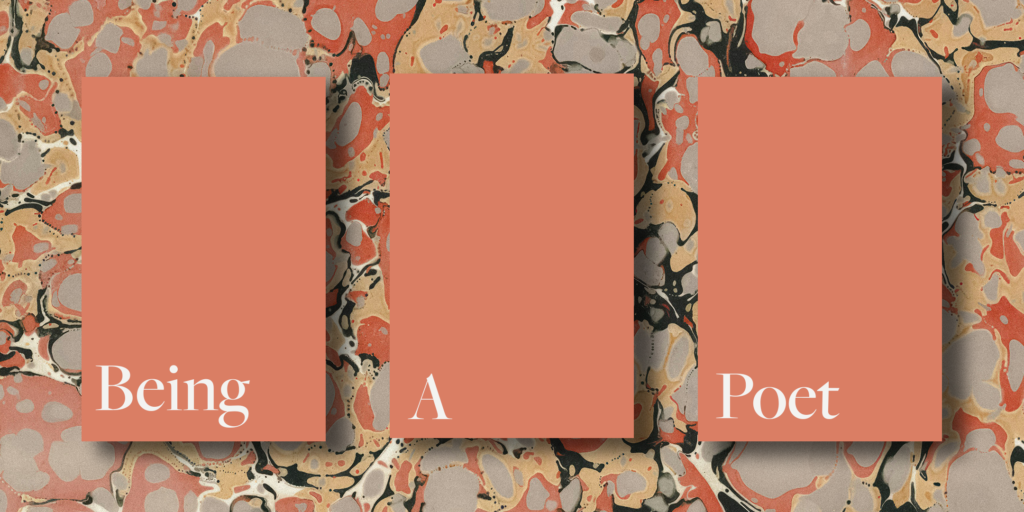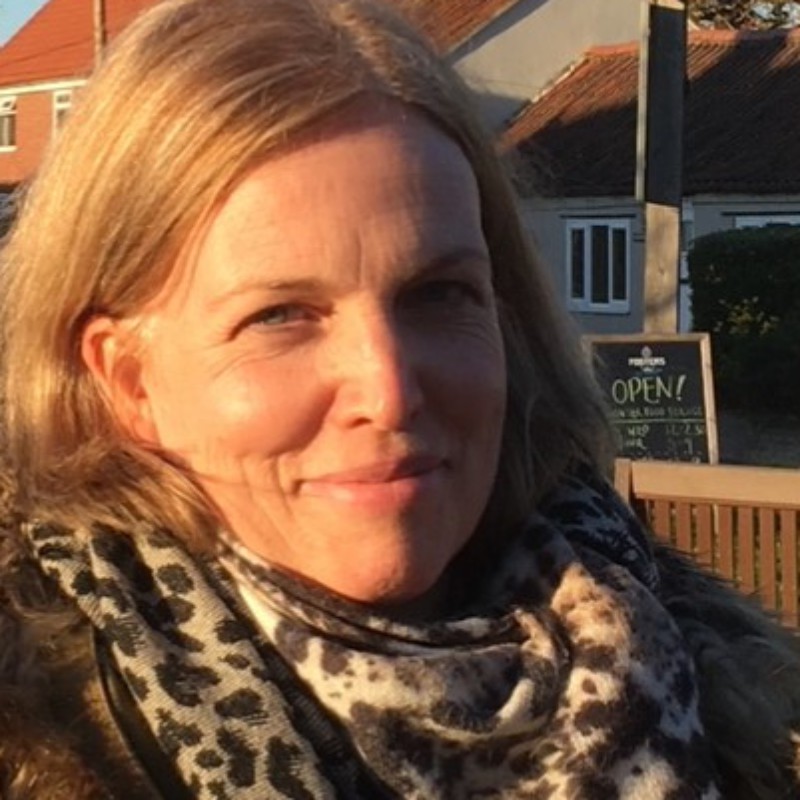In this series, we interview our tutors about poetry and its place in their world. These interviews will cover creative writing tips, excelling in a poetry workshop, building a literary career, and finding your poetic voice. Here’s Kathryn Simmonds on how to captivate with picture books.

Are there key differences between writing for adults and writing for children?
As with writing anything, it’s important to understand the form you’re working in. For instance, the page turn is crucial for momentum in picture books, and there are usually a limited number of picture spreads. Word count has to be low, often around 500 words or fewer. There are practical considerations too, such as keeping in mind a young child’s comprehension level and grasp of vocabulary. These aspects can be learned, but whether you’re writing a poem for grown-ups or a story for five-year-olds, your job as the writer is the same – to make your writing the best it can be.
When writers are really taken up with a world or a character then chances are the reader will be too. Robert Frost’s famous quote, ‘No surprise in the writer, no surprise in the reader’ applies equally to children’s writing, where a story needs to captivate from the first page. Young children may not be able to read fluently, but they’ll still delight in surprise, rhythm, jokes, character, all the things readers of any age will enjoy.
How important are poetic techniques like rhyme, repetition and imagery when writing picture books?
I think if you’ve written poetry then you’ll find you’re attuned to many of the features which are so important to picture books, particularly the sonic effects of words and the musicality of language. Like poems, picture books are intended to be read aloud, so having a well-tuned ear is helpful. But although some picture books are written in rhyme, not all publishers welcome rhyme as it can be harder to sell in translation, so I’d say that a good sense of rhythm is more important. Texts for young readers often incorporate repetition or refrains and this ‘joining in’ element is satisfying. Children’s imaginations are rich, so vivid (or surreal) imagery appeals too. As with poems, there are no limits.
Can you share tips on how to balance the relationship between text and illustrations in a picture book?
The child who can’t yet make sense of words is reading the story visually, so the artist is the co-creator of the book. Before I published a picture book, I’d not realised that writers and illustrators don’t usually speak to one another when the art is being planned so the artwork arrives as a lovely surprise in the first rough pencil drawings. This is when the writer truly sees how much the artist is bringing to the text, and perhaps finds places where the pictures have replaced words and editing needs to happen. As with poems, darlings often need to be murdered.
A writer doesn’t need to put in detailed instructions to the illustrator because the artist is creating their own response to the story, so they will bring all sorts of things you will never have imagined. There are really three points of relationship: the writer, the illustrator and the reader. Poets are used to this sense of ‘white space’ and this (I think) gives them some advantage when approaching the business of writing a picture book text, they’re leaving space for the illustrator and the reader too.
How can picture books support children’s early literacy and language development?
At the moment we’re in what’s being called a ‘Reading Crisis’. There’s a lot of discussion about this as publishers and educators come to terms with the reality that reading is less immediate to children now there’s so much screen competition. But a love of words starts early, our first introduction to language is through nursery rhyme and song, so the impulse towards them is deep. Picture books hold a special place in our hearts and most people can remember a favourite book they owned as a child.
I’m not an education specialist, but I’d guess that the desire to hold a book, to sit with a trusted adult and hear the story unfold (again and again) is what encourages children to know books are a Good Thing. Picture books immerse children in new worlds, and a love of reading will naturally follow.
Who are some of your favourite poets or authors who’ve successfully written poetry or picture books for children, and why?
So many! I love the poetry of Charles Causley (who was also a primary school teacher for 30 years) and his sensitivity to a child’s world always shines through. I particularly like his retelling of the Cornish folktale ‘The Mermaid of Zennor’ and he published many wonderful poems which can be enjoyed by children and adults alike. Kit Wright is another poet who has the gift to write equally well for children and adults, he has a brilliant sense of humour, and is an expert versifier. I used to like reading his poem ‘The Party’ to my daughters, which featured Dave Dirt and his unusual party piece (you’ll have to read it to find out). Humour is always winning, John Hegley’s ‘Stanley’s Stick’ is one of my favourites, and I wish he’d written more picture books. Julia Copus’s book ‘The Hog in the Fog’ was popular in our house too, and is beautifully illustrated by Eunyoung Seo. Mara Bergman, who is also a poet for adults, has written a number of picture books and recently a lovely collection of verse for young children ‘Dear Little One’ illustrated by Claire Alexander.
Naomi Shihab Nye is another poet who gives equal respect to her adult and child readerships. She has a love of justice and environmental themes and is a wonderful ambassador for the power of poetry. There’s perhaps more reverence for the picture book as an art-form in the US, and I consider writers such as Mac Barnett to be poets in their own right, (I’m thinking of his richly metaphorical book ‘What is Love?’ illustrated by Carson Ellis).
Julia Donaldson has been a favourite for years because her texts are so cleverly constructed. It’s fiendishly difficult to balance plot, character, humour and faultless rhyme – ‘Stick Man’ is a little piece of genius.
What advice would you give to poets who want to start writing for children but aren’t sure where to begin?
As with writing anything, my advice would be to read first. Read classic stories and poems, and newly published work too. Go to your library and browse (the children’s section is a delightful place). When you’ve found a book you really like (and this is a good exercise for writing poems too) break it down to see how it’s made. How is the story divided up? How many words are there? Is there a refrain? As with writing poems, there are critique groups around so you might want to look out for helpful organisations which put writers in touch, such as The Society of Children’s Book Writers and Illustrators (SCBWI). Just like poems, picture books can be so many different things and the possibilities are endless. Write what you enjoy and gets you excited.
Keep a notebook, write down ideas or phrases, and take pleasure in playing. I’ve always subscribed to the idea of writing as play (sometimes serious play) and writing for children is hugely enjoyable. So the bottom line is, read, take notice of structure, but remember to have fun!
Kathryn is running her in-person course The Poetry of Picture Books with us this Autumn, taking place in London on Saturday 25 October. To find out more & secure your place please visit the course page here.

Kathryn Simmonds’s third collection, Scenes from Life on Earth, is published by Salt. Her poems have appeared in various publications including Poetry, The Guardian, The New Statesman, The Poetry Review and The Irish Times and, along with her short stories, have been broadcast on BBC radio. Her first picture book, Be my Sunflower is published by Walker and her latest picture book is also published by Walker Books Trouble at the Bug Hotel (illustrated by Tor Freeman). She lives in Norwich with her family and has run a number of courses for The Poetry School.
Add your Reply
You must be logged in to post a comment.